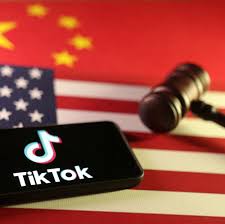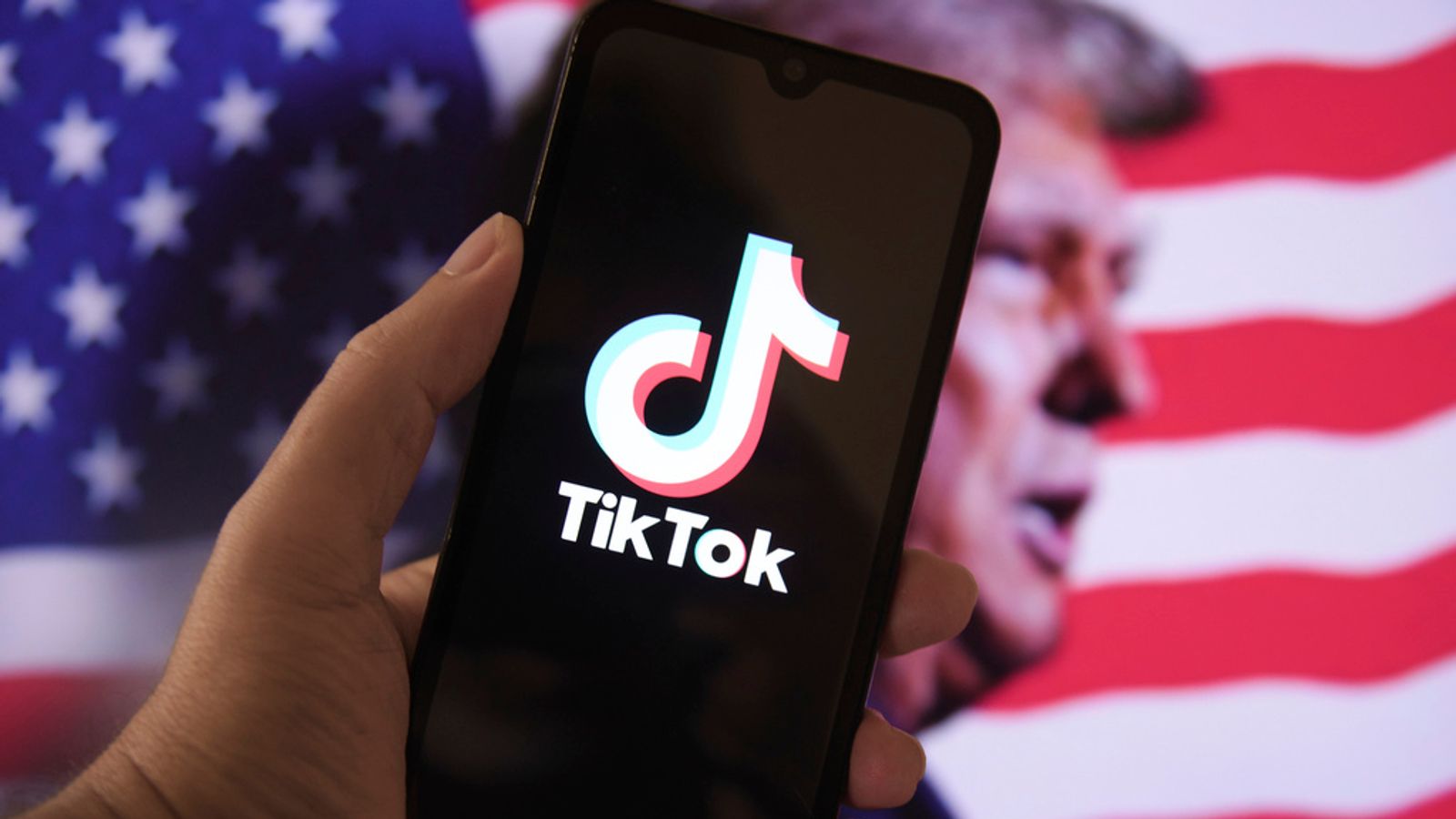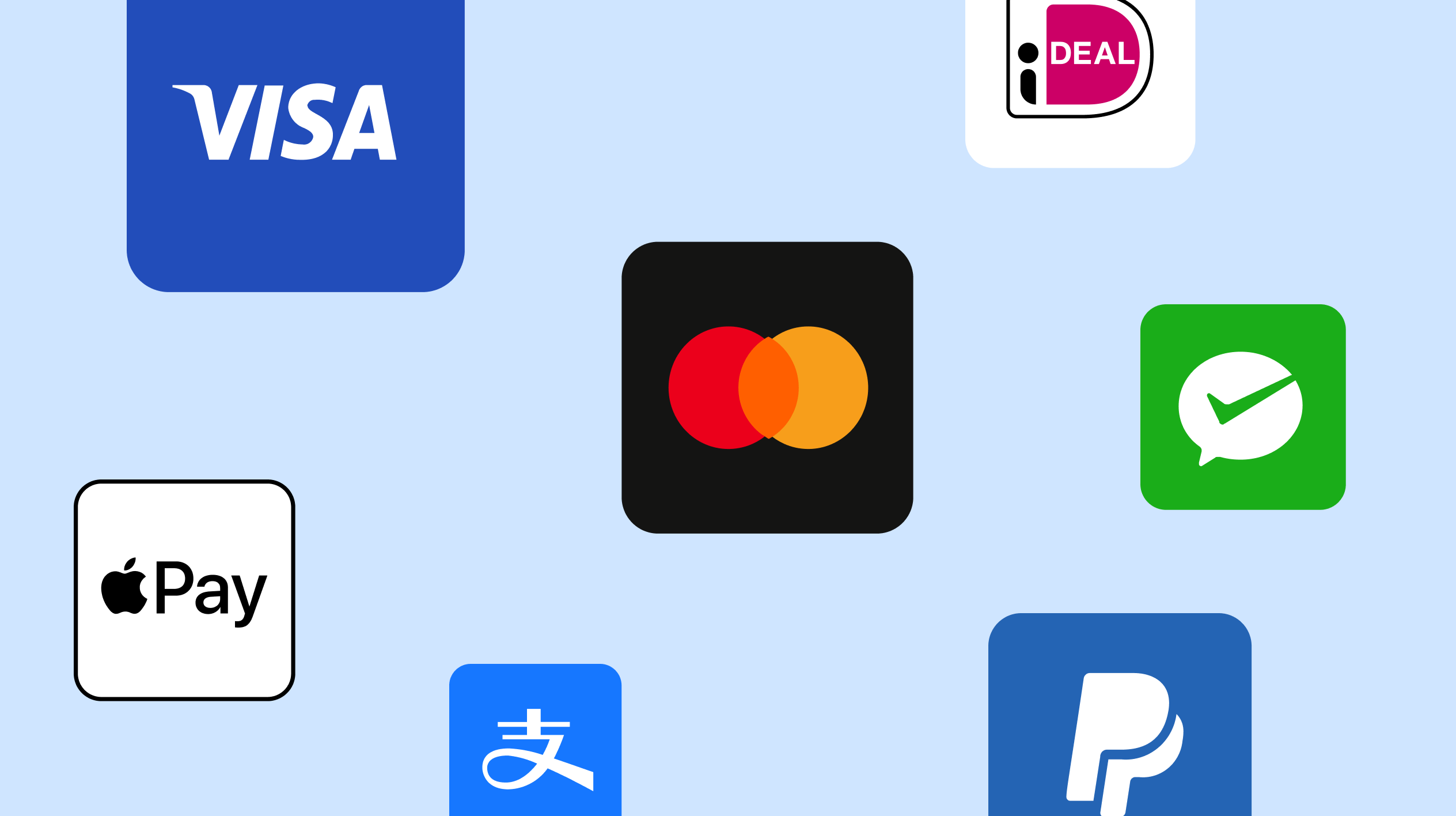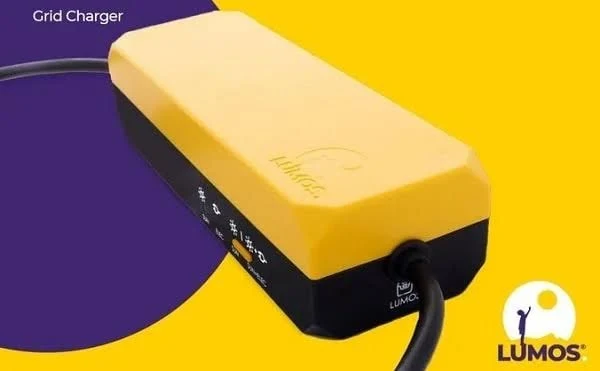TikTok discontinued operations in the United States on January 19, 2025
TikTok discontinued operations in the United States on January 19, 2025, leaving millions of users without access to the popular short-video platform. This ban comes after a number of legal and political events aimed at resolving national security concerns raised by the app’s Chinese ownership. In this post, we’ll look at the reasons behind the closure, the impact on users and artists, and TikTok’s likely future in the United States.
Why did TikTok shut down?
National Security Concerns
The United States government has long raised concerns about TikTok’s parent business, ByteDance, and its potential ties to the Chinese government. Lawmakers are concerned that TikTok’s user data might be accessible by Chinese officials, creating a national security danger.
Legislative actions
In order to address these issues, Congress approved the Protecting Americans from Foreign Adversary Controlled Applications Act (PAFACA) in April 2024. This law forced ByteDance to relinquish its TikTok business in the United States by January 19, 2025, or risk a national ban. Despite continuous talks, ByteDance was unable to complete a transaction before the deadline.
Supreme Court Ruling
On January 17, 2025, the U.S. Supreme Court unanimously upheld the legality of PAFACA, effectively greenlighting the ban on TikTok. The Court ruled that the law did not violate First Amendment rights, emphasizing the government’s authority to act on national security concerns.
Impact on Users and Creators
Users
As of the shutdown date, U.S. users attempting to access TikTok are met with a message stating:
“A law banning TikTok has been enacted in the U.S. Unfortunately, that means you can’t use TikTok for now. We are fortunate that President Trump has indicated that he will work with us on a solution to reinstate TikTok … .” This abrupt halt has left many users seeking alternative platforms to fill the void left by TikTok’s absence.
Content Creators
For content creators, the shutdown represents a significant disruption:
- Loss of Audience: Creators have lost access to their primary platform and audience, impacting their reach and influence.
- Income Streams: Many creators rely on TikTok for income through brand partnerships and the Creator Fund. The shutdown jeopardizes these revenue streams.
- Platform Migration: Creators are now exploring other platforms such as Instagram Reels, YouTube Shorts, and emerging apps like REDnote to continue their content creation efforts.
The Role of the Incoming Administration
President-elect Donald Trump, set to be inaugurated on January 20, 2025, has indicated a willingness to address the TikTok situation. He has suggested the possibility of granting a 90-day extension to allow ByteDance more time to negotiate a sale or restructure its U.S. operations. This potential reprieve offers a glimmer of hope for the app’s reinstatement in the near future.
What’s Next for TikTok?
The future of TikTok in the U.S. remains uncertain. Possible scenarios include:
- Extension and Negotiation: The incoming administration may grant an extension, providing ByteDance additional time to divest its U.S. operations or implement measures to alleviate security concerns.
- Permanent Ban: Without a successful resolution, TikTok could face a prolonged or permanent ban in the U.S., leading users and creators to permanently migrate to alternative platforms.
- Acquisition: Potential buyers, including prominent figures and companies, may step forward to acquire TikTok’s U.S. operations, facilitating the app’s return under new ownership.
Conclusion
TikTok’s shutdown marks a significant moment in the intersection of technology, politics, and national security. While the app’s future in the U.S. is currently in limbo, the coming days and decisions by the incoming administration will be crucial in determining whether TikTok can make a comeback. In the meantime, users and creators are encouraged to explore alternative platforms to stay connected and continue their digital engagements.












Leave a Reply